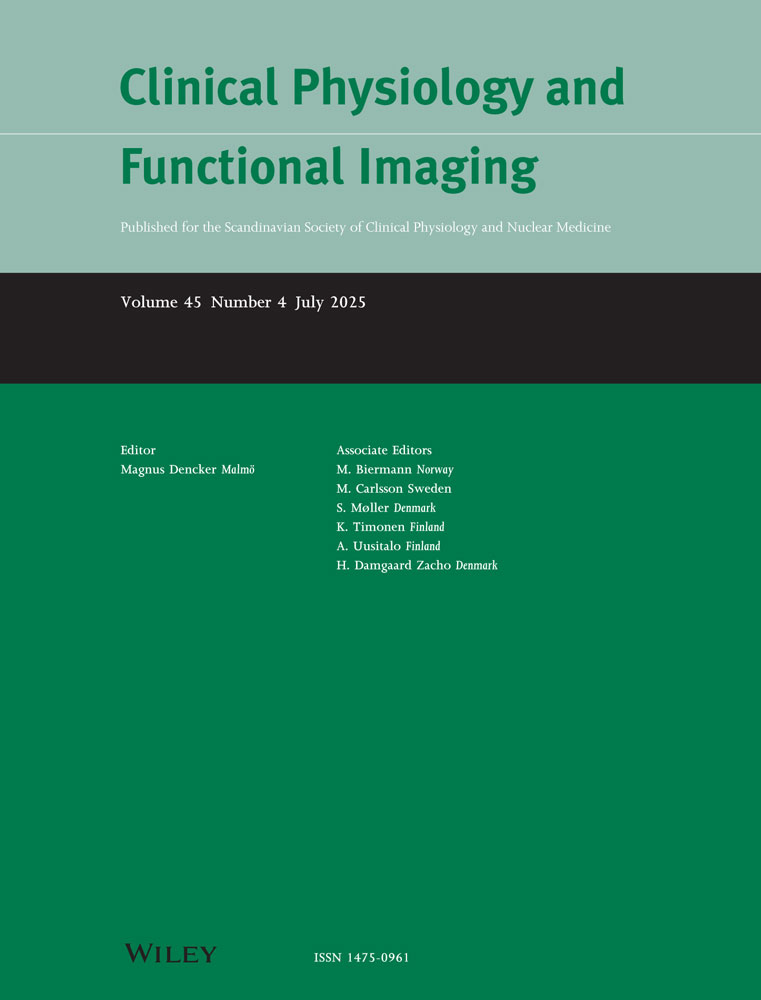Effect of nicotine on coronary blood-flow in man
Abstract
Summary. The effect of 4 mg nicotine administered in a chewing gum on coronary haemodynamics and oxygen transport, was studied by coronary sinus catheterization in eight healthy non-smoking men. Measurements were made of coronary sinus blood-flow (CSF) by thermodilution and arterial-coronary sinus (a-cs) O2-difference together with heart rate and intra-arterial pressure both at rest, and during, atrial pacing with and without nicotine. Nicotine increased myocardial oxygen consumption (MVO2) more than expected from the increase in the rate-pressure product. The increased MVO2 was covered only partly by increased coronary blood-flow; especially during and after pacing an increased a-cs O2-difference contributed significantly. This differed from the response when MVO2 was increased by atrial pacing alone, in which case the whole increase in MVO2 was covered by increased flow. The results suggest that nicotine affects coronary vascular resistance and blood-flow indirectly through a vasodilatory effect, by mechanisms related to the increased cardiac work, and directly through a vasoconstrictory effect. The suggested vasoconstrictor component is moderate in the non-ischaemic human heart.




